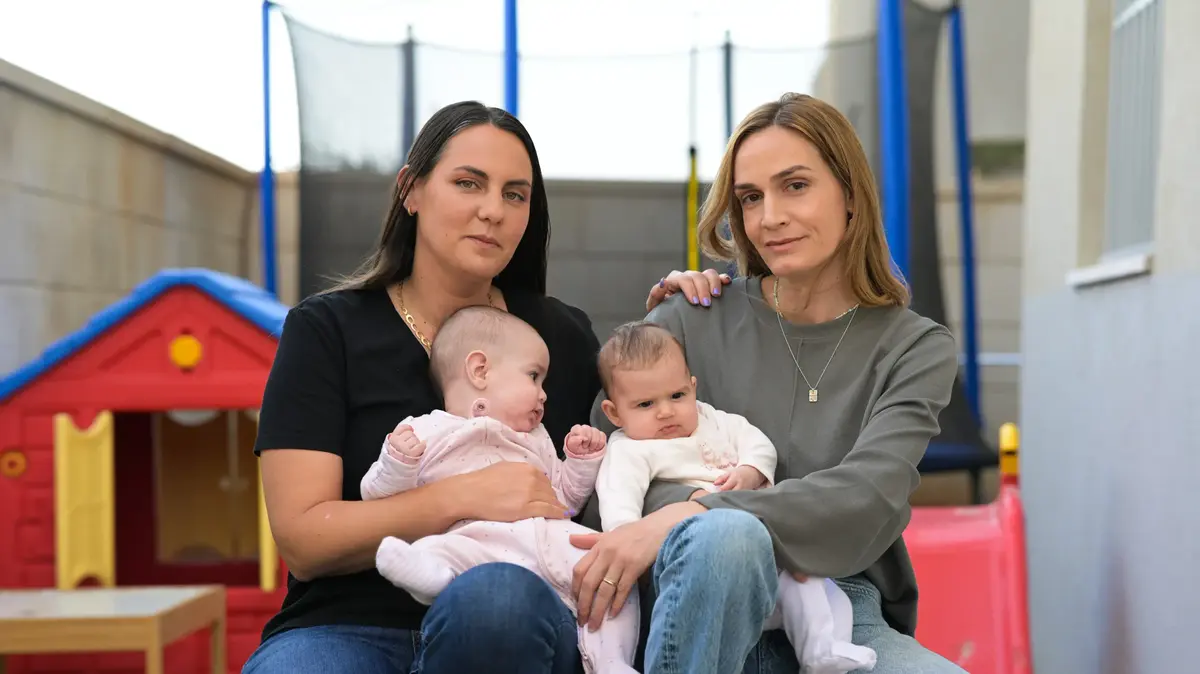Society, the media and even culture have taken it upon themselves to tell us and teach us the relationship between how we live the body and how we are supposed to enjoy it.
Reinforcing body work and exercise as a merit and effort to recognize, and positioning only slim bodies as healthy, ideal, willing and successful.
Fat has been configured as the opposite of the valid or ideal body, associated with unproductiveness, poor health and personal carelessness.
Speeches and attitudes of hatred, rejection and even violence are reproduced due to being overweight children.
More information
The pandemic triggers cases of anorexia in children and young people
Are parents aware that their children are overweight?
Sheila Villalba is a promoter of equality at Geuk Consultoría and a social educator in the field of juvenile justice tells us that society, as it is constructed, generally makes corporeality more in the spotlight. “If we combine this component with adolescence, a moment of intrapersonal revolution where we are forging our identity and therefore, we seek and want to feel part of something or someone, we obtain as a result, adolescent people who do not have strong self-esteem and self-esteem (to their physique and intellect) can be more vulnerable, develop complexes, risk of eating disorders, obsession with reaching physical perfection ”. All this, for not being able to be part of the regulations, that is, not complying with the established beauty canons.
Representations of fat bodies in the media and in culture are usually scarce, and when they appear they tend to have a negative charge associated with society's own chubby prejudices about them: clumsiness, illness, ugliness or laziness. “In summary, the image of fat adolescents oscillates between invisibility and mockery”, Amelia García Pérez, Equality Coordinator CIPFP Misericordia de Valencia tells us, who assures that adolescents have a double burden of judgments: “Girls receive from the world exterior multitude of messages that suggest that their bodies do not resemble those of the girl in the advertisement and seek to mold them to resemble a model of femininity that the mas-media builds. Nowadays thinness prevails, but this has not always been the case.All these messages lead girls to health problems invisible to society in general, such as eating disorders ”, says the expert. Without going too far, “we must not forget that machismo places a brutal aesthetic demand and obsession with bodily beauty. The great social pressure to always stay young, canonically beautiful and thin was called by the sociologist Esther Pineda as aesthetic violence. And aesthetic violence falls mainly on women ”, affirms Amelia García Pérez.Canonically beautiful and thin, it was called by the sociologist Esther Pineda as aesthetic violence. And aesthetic violence falls mainly on women ”, affirms Amelia García Pérez.Canonically beautiful and thin, it was called by the sociologist Esther Pineda as aesthetic violence. And aesthetic violence falls mainly on women ”, affirms Amelia García Pérez.
The sexologist and psychologist Arola Poch would encourage young women (and boys) to be aware “that what they see in advertising, series or
is not the norm. That 90% of what they see corresponds to 10% of the population. The vast majority of us are outside of these canons, but by proposing them as desired, it puts pressure on all of us ”. Arola Poch would encourage adolescents to look at other types of bodies, “to see the great diversity of possibilities that exist and to highlight something they liked about them. They should know that the canons of beauty evolve with society and culture, that is, there is no single form of beauty. And, finally, that they look at movements like #bodypositive that seek to value other bodies, other beauties ”, he says.
Sheila Villalba tells us about personal empowerment in young people: “Self-approval has to be personal and not social.
This is easy to say, but the opposite, to follow the hegemonic system, supposes to continue feeding the suffering, regret and sometimes the feeling of shame ”.
It is necessary that there is a change in the public image and we are taught society as it is, in its diversity, characteristics and needs.
We need references where bodies and people of all kinds are seen, where people are given a voice and prominence for what they are worth, not for their physical appearance.
You can follow De mamas & de papas on
,
or sign up here to receive
our weekly newsletter
.








